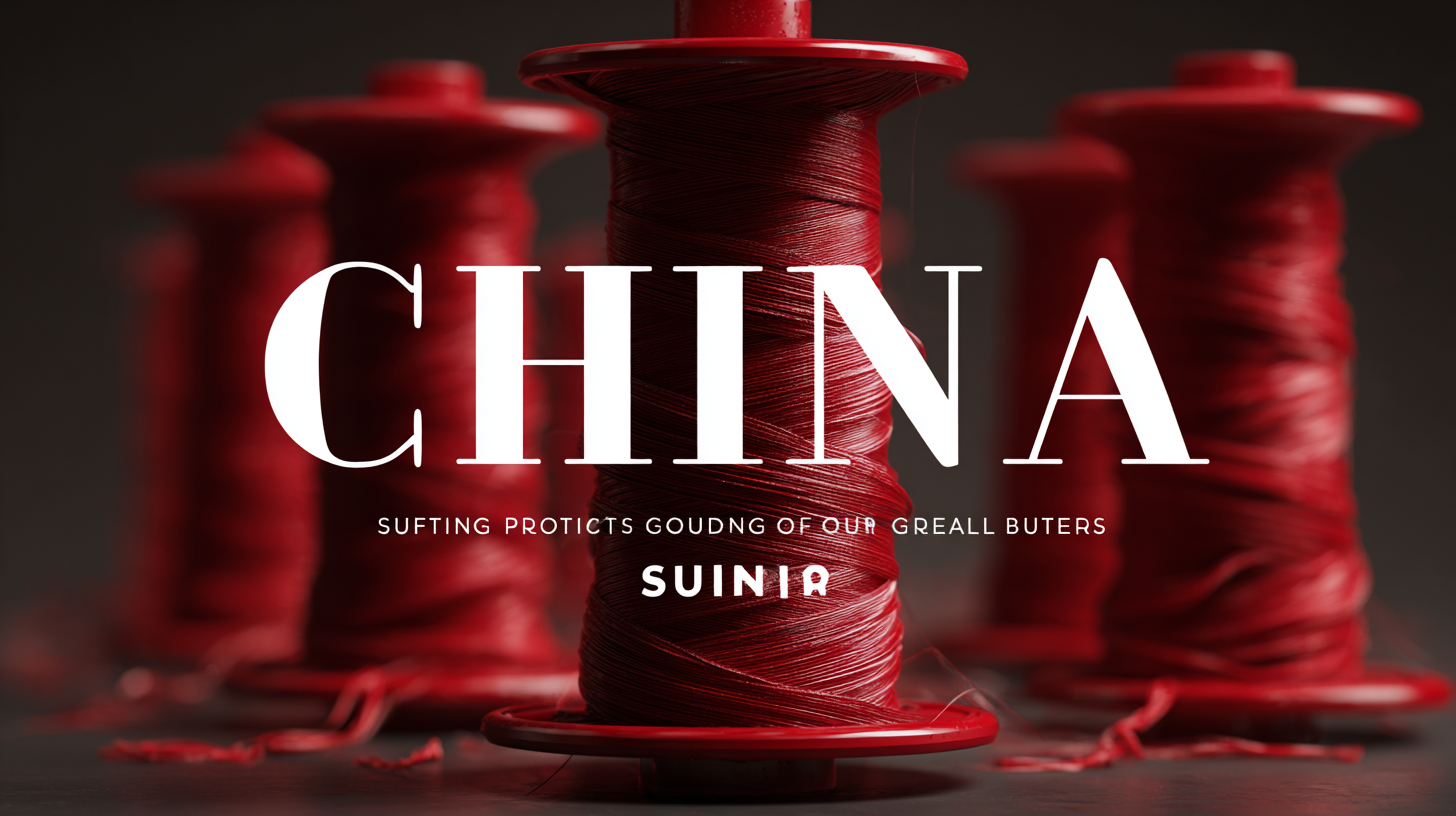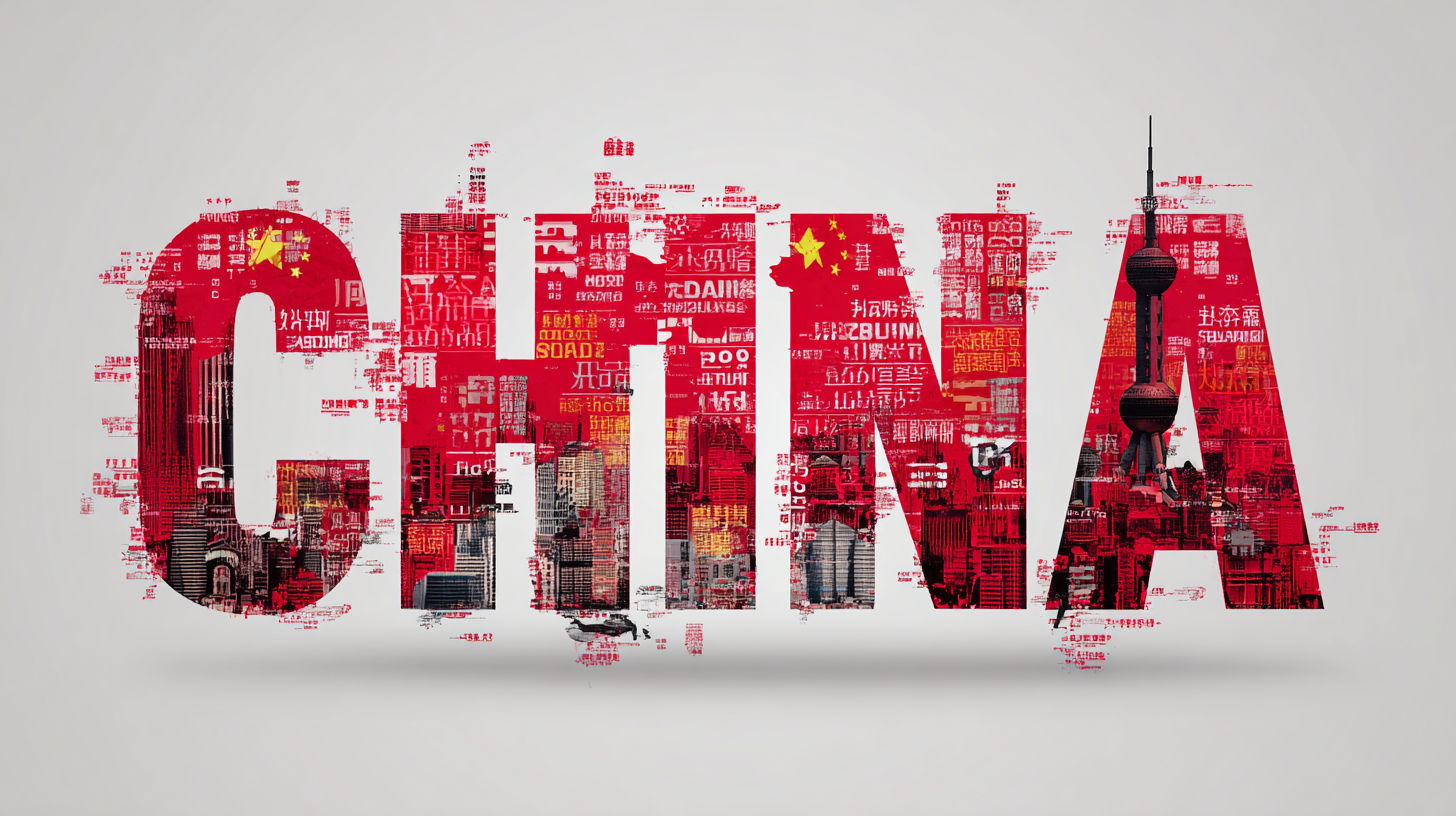In recent years, China has solidified its position as the world's leading manufacturing hub, accounting for nearly 28% of the global manufacturing output, according to a report by the United Nations Industrial Development Organization. As global buyers seek high-quality products at competitive prices, the importance of sourcing from reliable Chinese factories has never been more critical. The extensive supply chain and robust infrastructure in China not only facilitate efficient production but also ensure a diverse range of products tailored to meet international standards. With an increasing number of businesses looking to expand their market reach, understanding how to effectively source the best Chinese products is essential for staying ahead in today’s competitive marketplace. This ultimate guide aims to navigate the complexities of sourcing in China, equipping global buyers with essential insights and strategies for successful partnerships in the world of "Made in China.

Sourcing the best products from China requires a thorough understanding of the diverse types of goods available in this vast market. From electronics to textiles, China's manufacturing capabilities span numerous industries, making it a key player in global supply chains. For example, according to recent reports, the electronics manufacturing sector alone has experienced a significant growth rate, accounting for over 30% of China’s total exports in recent years. This trend underscores the necessity for global buyers to stay informed about the latest developments and innovations within Chinese industry clusters.
When sourcing products, global buyers should keep in mind several crucial tips. First, it's essential to verify suppliers and assess their compliance with international standards, particularly regarding intellectual property protection. Legislative advancements in China have strengthened IP regulations, making it safer for businesses to engage with local manufacturers. Secondly, leveraging e-commerce platforms can simplify the sourcing process; these digital marketplaces facilitate communication and provide extensive product listings, enhancing accessibility for international buyers.
Finally, understanding market trends can greatly influence purchasing decisions. For instance, advancements in eco-friendly products and sustainable practices are becoming increasingly popular. Buyers should consider engaging suppliers who are committed to sustainability, as this aligns with the growing consumer demand for environmentally responsible products. Staying informed about these trends will enable buyers to make strategic decisions that enhance their product offerings while ensuring market competitiveness.
When sourcing electronics from China, it’s crucial to understand the key characteristics that contribute to their global market appeal. One of the standout features is their exceptional cost-effectiveness. Chinese manufacturers benefit from economies of scale, allowing them to produce high-quality electronics at lower prices compared to competitors in other regions. This not only enhances affordability for global buyers but also ensures a broader accessibility of innovative technology to diverse markets.
Another significant characteristic is the rapid innovation cycles prevalent in China's electronics sector. With a robust emphasis on research and development, Chinese companies often lead the way in incorporating the latest technological advancements into their products. This results in cutting-edge gadgets that appeal to tech-savvy consumers around the world. Additionally, the flexibility in manufacturing allows businesses to quickly adapt to changing market demands, showcasing a dynamic approach to product development that many global buyers find attractive.
The global clothing and textiles market continues to demonstrate robust growth, particularly in the Asia-Pacific region, which has emerged as a dominant force in international trade. According to recent industry reports, the global cashmere clothing market size is anticipated to grow from $3.63 billion in 2025 to $4.86 billion by 2032, reflecting a compound annual growth rate (CAGR) of 4.29%. This upward trend highlights the increasing demand for high-quality materials as consumers seek out sustainable fashion options.
Moreover, the dynamics of global secondhand clothing trade are evolving significantly, driven by a shift toward sustainability and the circular economy in fashion. Complex trade network analysis reveals that the carbon footprint associated with fast fashion is substantial, with research indicating that the environmental impact of fast fashion jeans can be as high as 2.50 kgCO2e per wear—eleven times greater than that of traditional apparel. This alarming statistic underscores the urgency for brands and consumers alike to adopt more sustainable practices and support a more circular textile economy, which is becoming increasingly essential as the global fashion landscape navigates economic uncertainties and changing consumer behaviors.
| Product Category | Global Demand (2022) | Average Price (USD) | Top Export Markets |
|---|---|---|---|
| Men's Clothing | $180 billion | $50 | USA, Germany, UK |
| Women's Clothing | $200 billion | $55 | USA, France, Japan |
| Children's Clothing | $90 billion | $30 | USA, Canada, Australia |
| Textiles | $150 billion | $20 | Germany, Italy, Switzerland |
| Sportswear | $60 billion | $70 | USA, UK, Brazil |
The home goods market has undergone significant transformations in recent years, driven by evolving consumer preferences and emerging trends. As reported by Statista, the global home goods market is expected to reach approximately $1 trillion by 2025, showcasing a compounded annual growth rate (CAGR) of around 4.5%. This growth is primarily fueled by increased demand for home improvement products as consumers prioritize creating comfortable and aesthetically pleasing living spaces, particularly during and after the pandemic.
In terms of features, buyers today are increasingly leaning towards sustainable and eco-friendly products. A survey by McKinsey revealed that 67% of consumers are willing to pay more for sustainable brands. This shift necessitates that global buyers focus on sourcing products made from recyclable materials and with minimal environmental impact. Furthermore, trends indicate a growing interest in smart home technologies, with the smart home market projected to grow by over 25% in the next few years. Buyers who align their sourcing strategies with these buyer preferences are likely to succeed in tapping into the lucrative home goods sector.

The specialty goods sector in China is rapidly evolving, with unique products discovering new niches in global markets. According to a report by McKinsey, the global demand for specialty goods is projected to grow by 20% annually, driven by consumers seeking authenticity and unique experiences. This trend presents lucrative opportunities for global buyers looking to source distinctive products. From artisanal handicrafts to organic food items, Chinese suppliers are stepping up to meet this emergent demand, showcasing their craftsmanship and innovation on international platforms.

Tip: When sourcing specialty goods, prioritize suppliers with an established reputation for quality and authenticity. Conducting thorough research and relying on third-party verification can help ensure that you partner with reliable manufacturers.
In addition to focusing on product quality, understanding the niche market dynamics is essential for successful sourcing. The China National Bureau of Statistics reported a significant increase in small and medium enterprises (SMEs) specializing in niche markets, which reflect local culture and craftsmanship. Engaging with these SMEs offers buyers an opportunity to access unique items that stand out in saturated markets.
Tip: Leverage social media and online marketplaces to discover emerging trends within niche sectors. Engaging with customer feedback can provide insights into what products resonate with specific markets, enabling you to make informed sourcing decisions.
TradeManager
Skype
VKontakte

